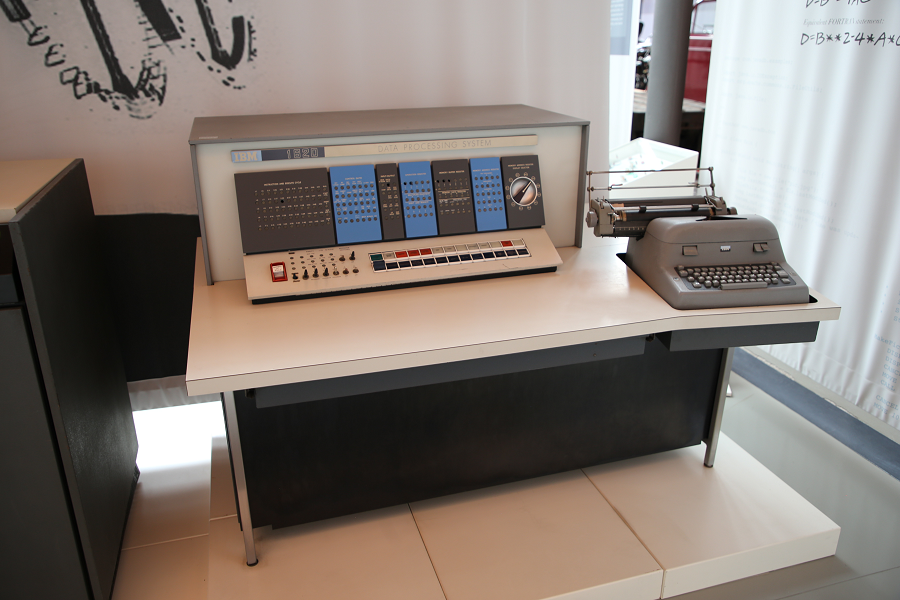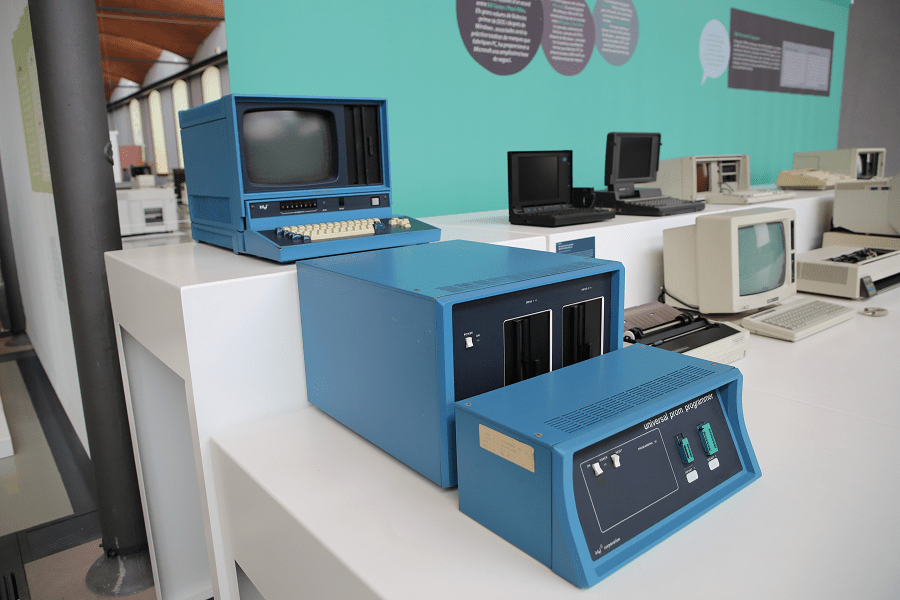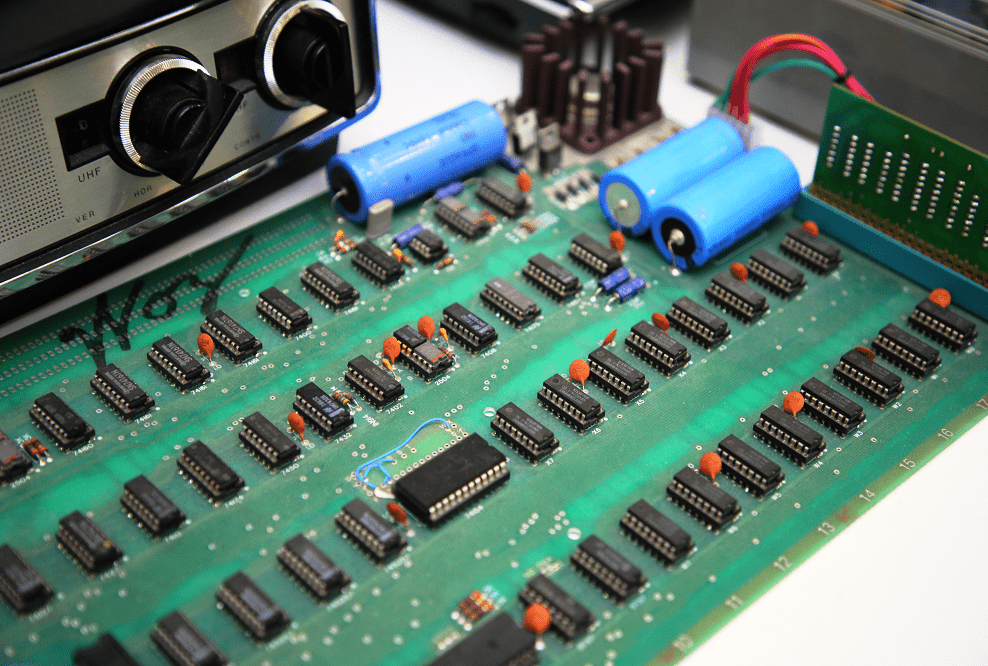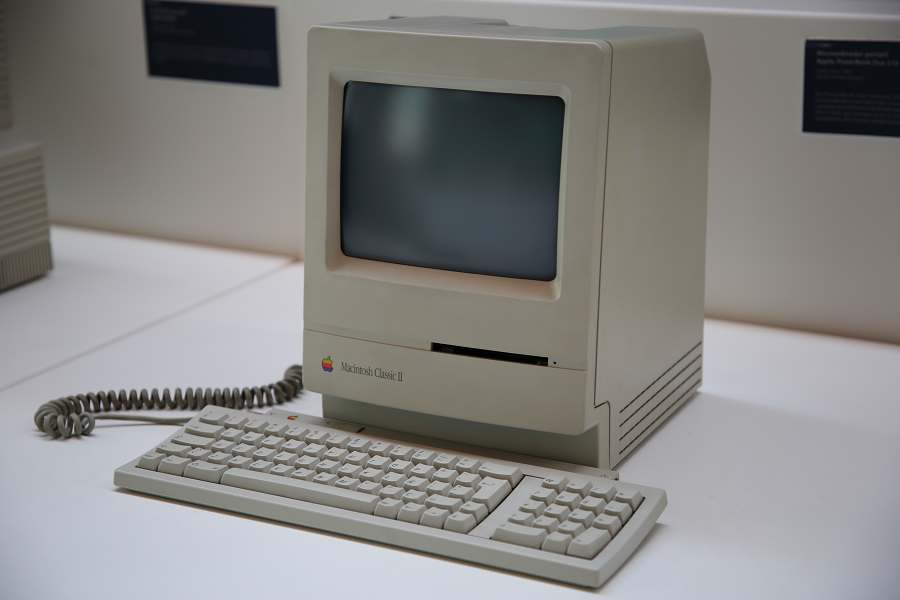The IBM 1620 was a general-purpose, stored-program data processing system for small businesses, research and engineering departments of large companies, and schools requiring solutions to complex problems in the areas of engineering, research, and management science.
Fixed point operations
Basic machine cycle was 21 microseconds. Time included the fetching of two factors and was the complete interval elapsed from one instruction to the next.
Addition or subtraction (5 digits) – 560 microseconds. A rate of 1,780 per second.
Multiplication (5 digits by 5 digits) – 4.96 milliseconds. A rate of 200 per second.
Division (5-digit quotient) with automatic divide feature – 16.86 milliseconds. A rate of 56 per second.
Logical decisions – 200 microseconds. A rate of 5,000 per second.
Data transmission of 5-digit fields – 360 microseconds. A rate of 2,800 per second.
Optional automatic floating point operations
When using this hardware feature, floating point numbers consisted of a variable length mantissa with a two digit exponent. So that the required degree of precision could be specified, the mantissa could vary from 2 to 100 digits in length and the exponent field could range from -99 to + 99.
The times listed are based on a two-digit exponent and an eight-digit mantissa. They include normalizing and access to two floating point fields.
Floating add or subtract — l.2 milliseconds.
Floating multiply — 12.5 milliseconds.
Floating divide — 41.7 milliseconds.











